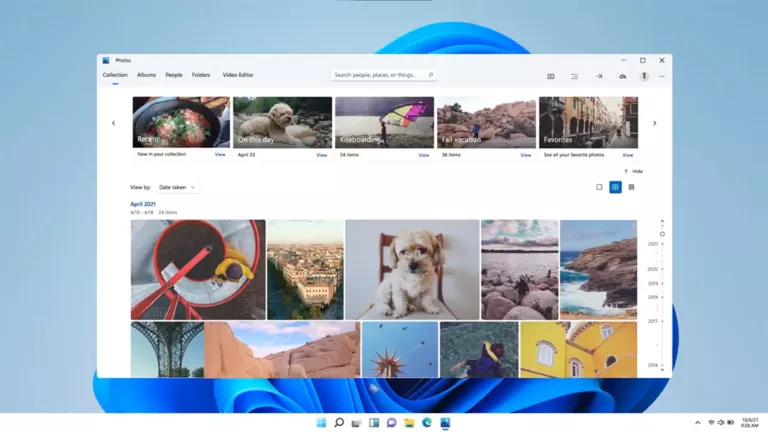Microsoft Wants To Make AI Faster Than AI, Launches New “Brainwave” Hardware

Short Bytes: Microsoft has unveiled its new real-time hardware architecture, codenamed “Brainwave,” specifically designed for Deep Learning. With the growing number of applications based on Deep Learning such as voice synthesis, Image style transfer, etc., Brainwave is a boon for AI-based services.
Project Brainwave (Via: Microsoft) is a new deep learning acceleration platform that Microsoft has been working on. The primary goal of this project is to improve the performance and flexibility of cloud-based deep learning solutions.This is done by introducing the concept of real-time AI that can process the information the moment it arrives, instead of processing it in batches, while keeping a check on the latency. Thus, a considerable amount of time can be saved while doing things that require an almost instant response.
A Deeper Look
At the heart of the Project Brainwave’s distributed hardware is an Intel FPGA called Stratix 10 that can churn around 39.5 TFlops with a latency of 1 millisecond. It has been designed to support complex AI models such as CNNs, LSTMs, and GRUs with pipelined batch-processing, to reduce latency.
In an earlier post, we discussed the various types of hardware architectures currently available for Machine Learning; in particular about the promising capabilities of FPGAs. The researchers at Microsoft, have designed a novel “soft” Dynamic Neural Network Processing Unit (DPU) that can be synthesized onto the FPGAs available in the market. This method attempts to combine the best of both worlds – the high-performance application-specific architecture of DPU and the flexibility and scalability of FPGAs.
Currently, the hardware supports Microsoft’s Cognitive Toolkit and Tensorflow. Another innovation is that they have developed a graph-based intermediate representation of the neural network to which the models from these software frameworks are converted and then compiled specifically for the high-performance hardware.
Similar to Google commercializing its massive TPU hardware as a cloud service, Microsoft is expected to do the same through its Azure Cloud services. Microsoft has an edge over its competitors if the Brainwave hardware performs as good as TPUs, as the Azure Cloud Platform already has a good user base.
Although this seems very promising, we have to wait until complete benchmarking results are published to know Brainwave’s true capabilities. So what are your views about Brainwave? Comment and share with us.
Also Read: Indian Artificial Intelligence Landscape 2017






